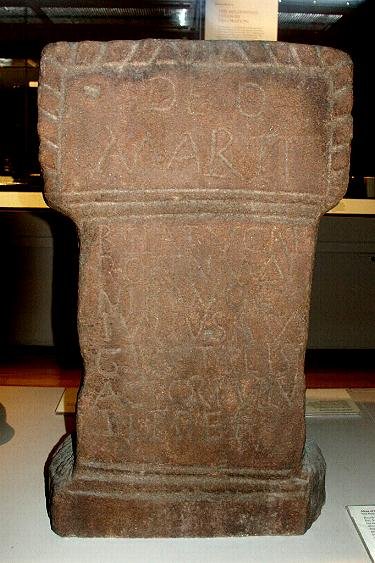Site Details:

By David Rogers, CC BY-SA 2.0, https://commons.wikimedia.org/w/index.php?curid=94145010
Studforth Hill, a site of historical significance located near the village of Aldborough in North Yorkshire, England, is known for its association with Aldborough Castle. The motte is a testament to the area's rich past, built upon the remnants of a former Roman amphitheatre. The name 'Studforth' itself is a corruption of 'Stuteville', a family that once owned the castle. This site was originally constructed as a motte and bailey or ringwork fortification, likely surrounded by a timber palisade.
The Roman Amphitheatre
The historical narrative of Studforth Hill is further enriched by its location in Aldborough, which was once the capital and stronghold of the Brigantes, a Celtic tribe that controlled vast swathes of Northern England before becoming Romanized in the first century AD.
The Roman town of Isurium Brigantium, established as a headquarters for controlling the regional population, was surrounded by a significant stone wall and included a fort with a civilian population inhabiting the perimeter. Over time, the military significance of Isurium Brigantium diminished, and it became a civilian centre. Today, the remnants of this Roman town are managed by English Heritage, with a museum displaying architectural finds and the site featuring two magnificent mosaics dating from the 2nd or 3rd century.
The discovery of an amphitheatre on Studforth Hill has major implications for the study of Roman Britain, highlighting the historical importance of this location. Discovered through geomagnetic sensors in 2011, this amphitheatre adds a rich layer to our understanding of Roman Britain, particularly in the North. Isurium Brigantum was a bustling town and the administrative centre of the Brigantes tribe, the largest tribe in Britain during the Roman era.
The amphitheatre's presence suggests that Aldborough was more than just a military outpost; it was a place of social gathering, entertainment, and judicial proceedings, typical of Roman urban life. The exact dimensions and structure of the amphitheatre remain a subject of ongoing research, but its discovery has provided invaluable insights into the layout and cultural importance of Isurium Brigantum.
It is believed that the amphitheatre would have been used for various public spectacles, including animal hunts, gladiatorial combat, and possibly executions, which were all part of the Roman entertainment and justice system. These events would have drawn not only the local population but also visitors from surrounding areas, indicating the significance of Aldborough as a regional centre.
The Norman Motte and Bailey
The Motte and Bailey at Aldborough, known as Studforth Hill, is a classic example of early medieval fortifications introduced by the Normans to England. This type of structure consists of a motte—a large earthen mound often topped with a wooden or stone keep—and a bailey, which is an enclosed courtyard typically surrounded by a protective ditch and palisade.
These castles were strategically important as they provided both defence and a base for the Normans to control the surrounding area. The construction of such motte and baileys was a common practice in the 11th and 12th centuries, reflecting the feudal system of the time and the need for secure strongholds during periods of conquest and territorial defence. The Aldborough Motte and Bailey would have been a centre of administration and power, serving as a visible symbol of the Norman presence and authority in the region. It was originally held by the English crown and was briefly held in chief by the Stuteville family between 1175 and 1205 before returning to Crown ownership.
The castle's strategic importance is highlighted by its location and the fact that it was built upon a site with previous Roman significance, indicating a continuity of occupation and the enduring importance of Aldborough as a centre of control. By the 13th century, the castle at Aldborough was likely abandoned, and the earthworks have since been damaged by ploughing.
However, the motte—Studforth Hill—remains a prominent feature of the landscape, standing as a testament to the area's rich historical tapestry that spans from the Roman era through the medieval period.
Site Gallery
Gallery Empty












